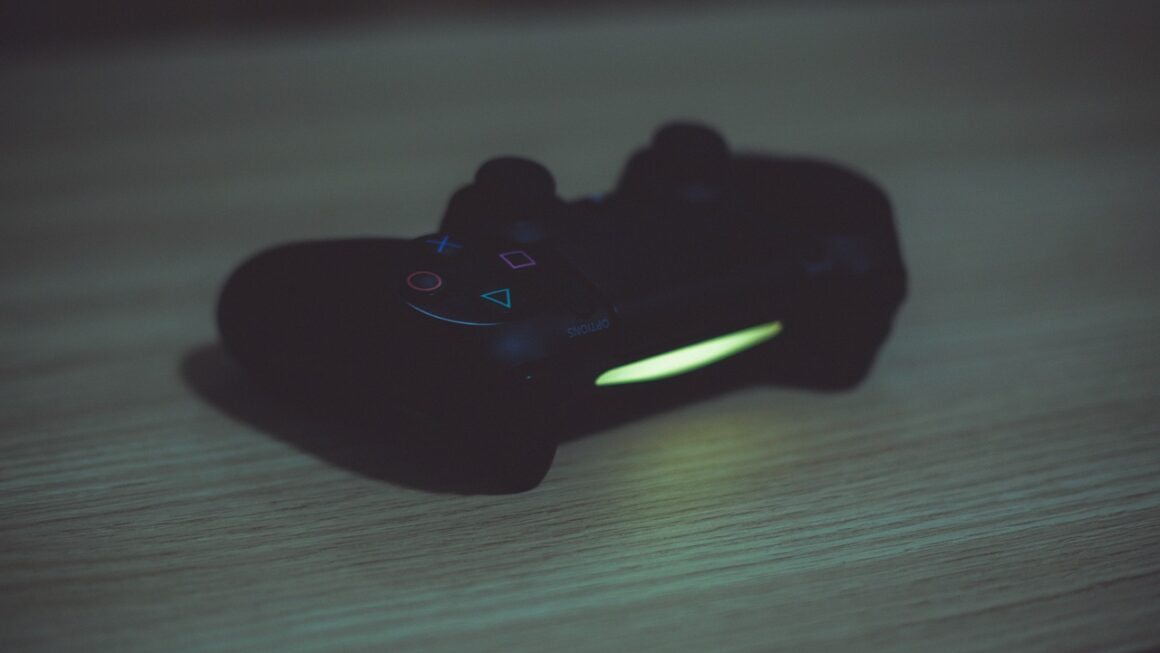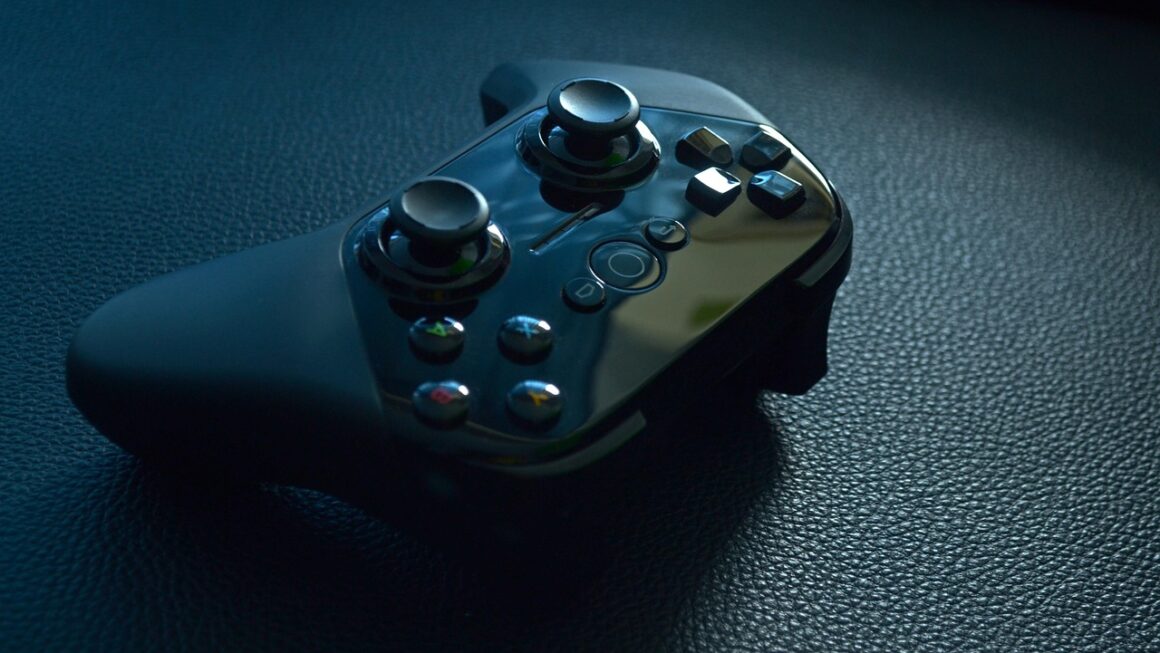The world of gaming is constantly evolving, with stunning graphics, immersive gameplay, and ever-increasing demands on our systems. To truly experience the latest titles as developers intend, you need the right gaming hardware. From choosing the perfect graphics card to optimizing your audio setup, this guide will help you navigate the complex landscape of gaming hardware and build the ultimate gaming rig.
Building a Gaming PC: The Core Components
Building your own gaming PC can be a rewarding experience, offering greater customization and performance compared to pre-built systems. Understanding the key components is the first step.
Central Processing Unit (CPU)
- The CPU is the brain of your computer, responsible for processing instructions and executing tasks. For gaming, you’ll want a CPU with a high clock speed and multiple cores.
- Example: An Intel Core i5 or AMD Ryzen 5 series processor is often a good starting point for mid-range gaming. For higher-end gaming, consider an Intel Core i7/i9 or AMD Ryzen 7/9.
- Tip: Consider the motherboard’s socket type before buying a CPU to ensure compatibility.
- Benefit: Faster load times and smoother gameplay.
Graphics Processing Unit (GPU)
- The GPU renders the images you see on your screen. It’s arguably the most important component for gaming.
- Example: NVIDIA GeForce RTX series and AMD Radeon RX series are popular choices. Consider the resolution and refresh rate of your monitor when choosing a GPU. A 4K monitor at 60Hz requires a more powerful GPU than a 1080p monitor at 60Hz.
- Tip: Check benchmark tests online to see how different GPUs perform in your favorite games.
- Benefit: Higher frame rates and better visual fidelity.
Motherboard
- The motherboard connects all your components. Choose one that supports your CPU, RAM, and other peripherals.
- Example: Look for motherboards with features like multiple PCIe slots for future upgrades, robust VRMs (Voltage Regulator Modules) for stable power delivery, and good connectivity options.
- Tip: Research the chipset compatibility with your chosen CPU before making a purchase.
- Benefit: Stable and expandable system architecture.
Random Access Memory (RAM)
- RAM is used to store data that the CPU needs to access quickly. 16GB of RAM is generally recommended for modern gaming. 32GB can be beneficial for more demanding games and multitasking.
- Example: DDR4 RAM is the current standard, but DDR5 is becoming more prevalent, offering faster speeds.
- Tip: Check the motherboard’s maximum RAM speed and capacity before buying RAM modules.
- Benefit: Smoother multitasking and reduced stuttering in games.
Storage: SSD vs. HDD
- Solid State Drives (SSDs) offer significantly faster read and write speeds compared to traditional Hard Disk Drives (HDDs). Use an SSD for your operating system and games for faster load times.
- Example: Consider a 500GB or 1TB SSD for your primary drive and a larger HDD for storing less frequently used files. NVMe SSDs offer even faster speeds than SATA SSDs.
- Tip: Install your operating system and frequently played games on the SSD for the best performance.
- Benefit: Drastically reduced loading times and improved system responsiveness.
Power Supply Unit (PSU)
- The PSU provides power to all your components. Choose a PSU with enough wattage to handle all your hardware, with some headroom for future upgrades.
- Example: Use a PSU calculator to estimate your system’s power requirements.
- Tip: Choose a PSU from a reputable brand with good efficiency ratings (80+ Bronze, Silver, Gold, Platinum, Titanium).
- Benefit: Stable power delivery and protection against power surges.
Gaming Peripherals: Input and Output
Beyond the core components, peripherals are crucial for an immersive gaming experience.
Gaming Monitors
- A good gaming monitor can make a huge difference. Look for monitors with high refresh rates (144Hz or higher), low response times (1ms – 5ms), and adaptive sync technologies like NVIDIA G-Sync or AMD FreeSync.
- Example: Consider a monitor with a resolution that matches your GPU’s capabilities. 1080p is good for mid-range GPUs, while 1440p or 4K are better suited for high-end cards.
- Tip: Choose a panel type (TN, IPS, VA) based on your priorities. TN panels offer the fastest response times, IPS panels offer better color accuracy, and VA panels offer good contrast ratios.
- Benefit: Smoother, more responsive gameplay with reduced screen tearing.
Gaming Keyboard
- A gaming keyboard should be durable, responsive, and comfortable to use. Mechanical keyboards are a popular choice due to their tactile feedback and durability.
- Example: Choose a keyboard with the right switch type for your preferences. Cherry MX Brown switches are a good all-around choice, while Cherry MX Red switches are popular for gaming.
- Tip: Consider features like anti-ghosting and N-key rollover, which ensure that all your key presses are registered, even when pressing multiple keys at once.
- Benefit: Improved accuracy and responsiveness during gameplay.
Gaming Mouse
- A good gaming mouse should be comfortable, accurate, and customizable. Look for a mouse with a high DPI (dots per inch) sensor and adjustable weight and balance.
- Example: Consider a mouse with programmable buttons for assigning macros and shortcuts.
- Tip: Choose a mouse grip style (palm, claw, fingertip) that matches your hand size and preferences.
- Benefit: Enhanced precision and control.
Gaming Headset
- A gaming headset provides immersive audio and clear communication with teammates. Look for a headset with comfortable earcups, a good microphone, and virtual surround sound capabilities.
- Example: Consider a headset with noise-canceling features to block out distractions.
- Tip: Look for headsets with breathable materials to prevent overheating during long gaming sessions.
- Benefit: Immersive audio and clear communication.
Optimizing Your Gaming Hardware for Performance
Once you have your hardware, optimizing it for performance is key.
Driver Updates
- Keep your graphics card drivers up to date. New drivers often include performance improvements and bug fixes.
- Example: NVIDIA and AMD regularly release new drivers for their graphics cards.
- Tip: Download the latest drivers from the manufacturer’s website.
Overclocking (with Caution)
- Overclocking can increase the performance of your CPU and GPU, but it also increases the risk of overheating and instability.
- Example: Use overclocking software like MSI Afterburner or Intel Extreme Tuning Utility (XTU).
- Tip: Start with small increments and monitor your temperatures closely.
- Caution: Overclocking can void your warranty, so proceed with caution.
Software Optimization
- Close unnecessary programs and processes while gaming to free up system resources.
- Example: Use a game booster software to automatically optimize your system for gaming.
- Tip: Adjust your game settings to find the right balance between visual quality and performance.
Future-Proofing Your Gaming Rig
Planning for future upgrades is important.
Consider Upgrade Paths
- Choose components that can be easily upgraded in the future.
- Example: Select a motherboard with multiple PCIe slots for adding additional graphics cards or expansion cards.
- Tip: Invest in a PSU with enough wattage to handle future upgrades.
Stay Informed
- Keep up with the latest hardware trends and technologies.
- Example: Read reviews and articles about new graphics cards, CPUs, and other components.
- Tip: Subscribe to tech news websites and YouTube channels.
Conclusion
Building a gaming PC and choosing the right peripherals can seem daunting, but with a little research and planning, you can create a powerful and immersive gaming experience. By understanding the core components, optimizing your hardware, and planning for future upgrades, you can ensure that your gaming rig stays up-to-date and delivers the best possible performance for years to come. Remember to prioritize components based on your budget and gaming preferences, and don’t be afraid to experiment to find what works best for you. Good luck and happy gaming!




